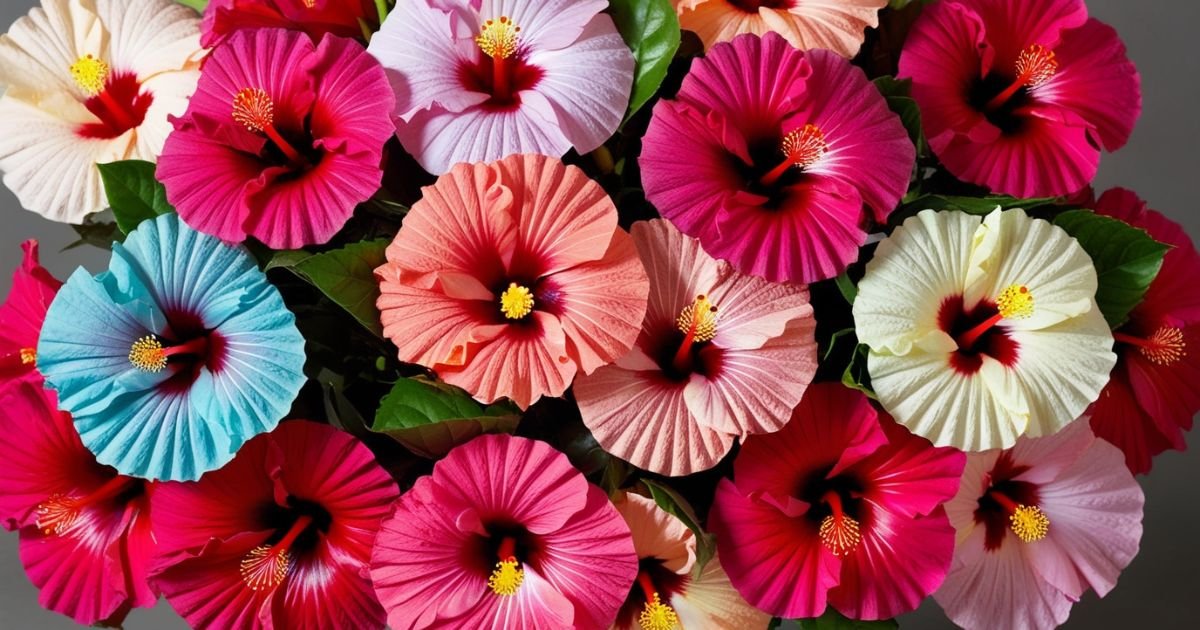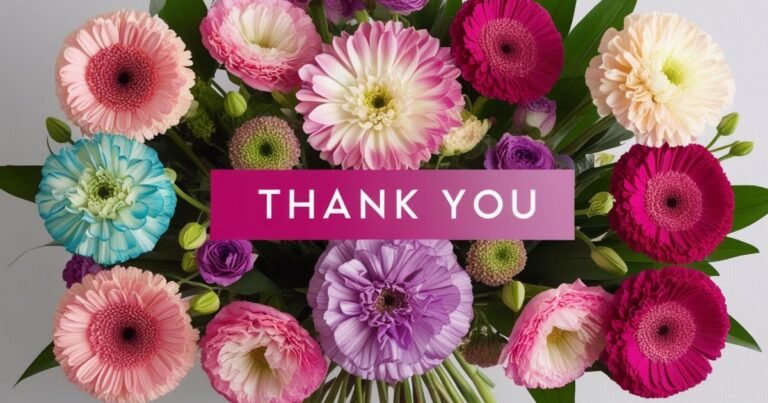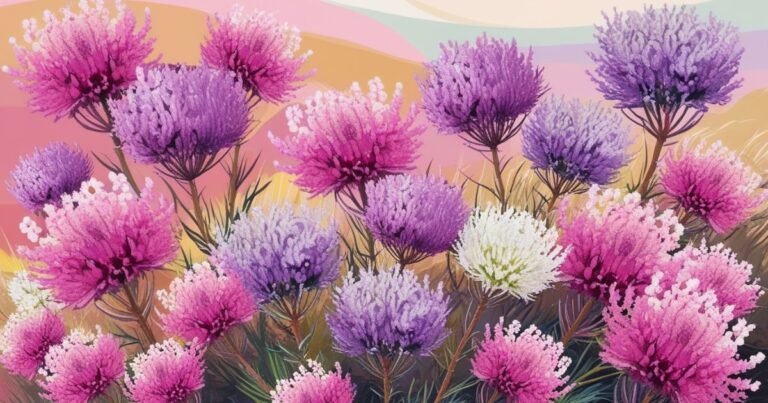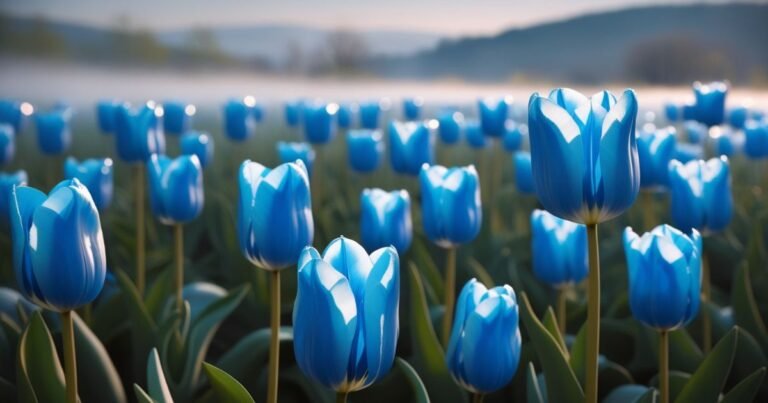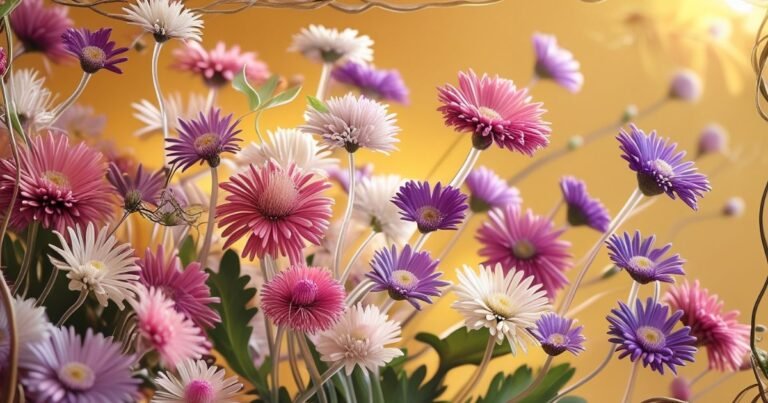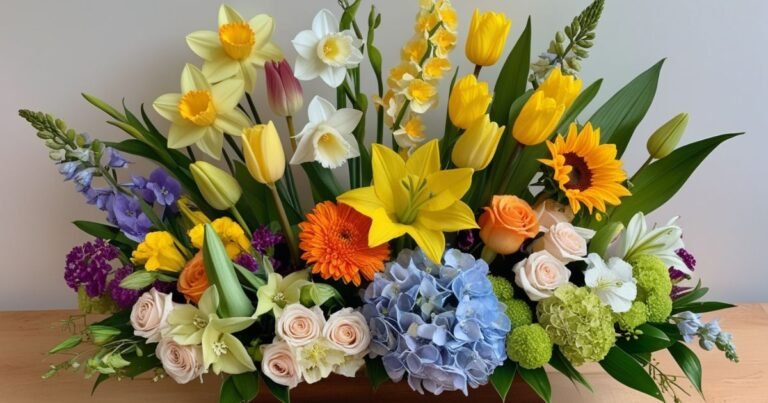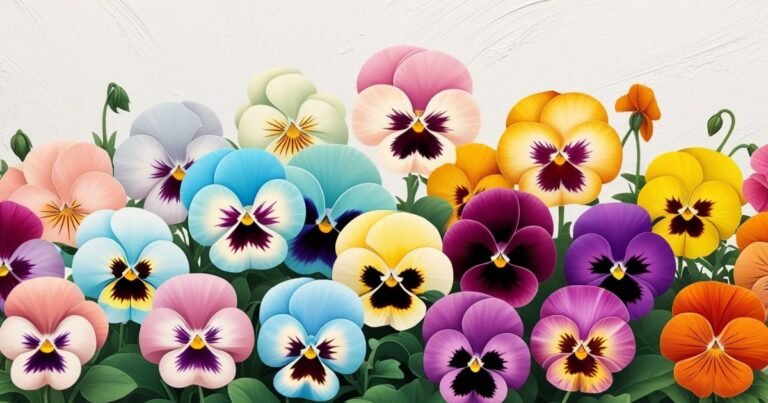Ultimate Guide: Hibiscus Flower Meanings, Symbolism & Cultural Significance 2025
Few flowers capture the imagination quite like the hibiscus. With its striking colors and delicate petals, this tropical beauty is not merely a feast for the eyes; it embodies a rich array of meanings and cultural significance that transcend borders and generations.
From its role in traditional Hawaiian ceremonies to its use in Ayurvedic medicine, the hibiscus flower serves as a powerful symbol intertwined with love, beauty, and resilience across various cultures.
But what is it about this enchanting bloom that has inspired poets, artists, and communities around the world?
The hibiscus flower, its representation of femininity in some cultures and its emblematic connection to hospitality in others we uncover stories that reveal much more than mere aesthetic appeal.
Hibiscus Flower Meanings
In a world where nature’s palette dazzles with vibrant colors, few blooms can rival the enchanting beauty of the hibiscus flower.
With its lush petals unfurling in shades ranging from deep crimson to soft pastels, the hibiscus captivates not only the eye but also the heart and spirit.
This exquisite flower is often seen as a symbol of transition and new beginnings, making it a powerful emblem in various cultures around the globe.
From welcoming warm summer days to embodying personal transformation, the hibiscus serves as a reminder that change can be both beautiful and profound.

Its striking appearance, hibiscus holds an array of health benefits that have been cherished for centuries.
Rich in antioxidants and packed with essential nutrients, this remarkable flower boasts properties that support everything from heart health to skin rejuvenation.
The multifaceted meanings behind this floral wonder from its cultural significance to its medicinal virtues prepare to uncover how the humble hibiscus transcends mere aesthetic appeal and blossoms into a symbol of renewal and vitality in our lives.
Etymological Meaning of the Hibiscus Flower
The hibiscus flower, with its striking colors and delicate petals, has long captivated hearts and inspired cultures across the globe.
But beyond its visual allure lies a rich tapestry of history and significance woven into its very name.

The etymology of the hibiscus serves as a fascinating portal into the plant’s legacy, revealing not just what it is called, but also how it has been perceived through the ages from ancient civilizations to modern botanical studies.
Delving into the linguistic roots of this enchanting bloom invites us to explore not only its myriad meanings but also the stories that accompany each hue and form.
From symbols of love in Polynesian culture to representations of beauty in poetry, hibiscus transcends mere decoration; it embodies emotions and traditions that resonate deeply with diverse communities around the world.
Historical Significance of Hibiscus Flower Meaning
In the lush landscapes of ancient Polynesian societies, where the azure waves kissed vibrant shores, the hibiscus flower held a sacred significance that transcended mere aesthetics.
Revered not only for its stunning beauty but also for its deep cultural meanings, hibiscus became synonymous with love, passion, and hospitality.
This enchanting bloom has journeyed across continents from Asia’s verdant gardens to China’s poetic traditions, each culture weaving its own narrative into the petals of this delicate flower.
The historical significance of hibiscus, we uncover a tapestry rich with symbolism, tradition, and an enduring connection between people and nature.
From being used in ceremonial garlands to embodying feminine strength in various mythologies, the hibiscus is more than just a floral ornament; it serves as a powerful emblem of identity and heritage across diverse cultures.
In Asia, it represents purity and resilience amidst life’s challenges while in Chinese folklore; it symbolizes wealth and prosperity.
Hibiscus Flower Symbolism
Hibiscus flower symbolism is discussed in the form of:
- Beauty and Love
- Resilience and Strength
- Hope and Renewal
Beauty and Love
The nature’s palette bursts with color and few blooms evoke as much intrigue and admiration as the hibiscus flower.
With its strikingly vibrant petals ranging from deep reds to soft pinks the hibiscus is more than just a feast for the eyes; it encapsulates rich symbolism that resonates across cultures and centuries.

Often celebrated for its beauty, this enchanting flower has long been associated with love, serving as a delicate reminder of passion and affection in relationships.
In the fascinating world of hibiscus flower symbolism, we uncover layers of meaning tied to notions of femininity, warmth, and even hospitality.
From the tropical landscapes where it flourishes to the intricate traditions that honor its presence, the hibiscus stands as an emblem of not only aesthetic allure but also emotional depth.
Resilience and Strength
In a world where fleeting beauty often overshadows enduring strength, the hibiscus flower emerges as a striking emblem of resilience and fortitude.
With its vibrant petals unfurling like a fiery sunset, this captivating bloom tells stories that stretch far beyond its visual allure.

Cultivated across continents from the lush tropics of Hawaii to the bustling streets of Asia the hibiscus carries rich symbolism rooted in diverse cultures, each interpreting its message in unique ways.
Imagine walking through an ancient garden where every petal whispers secrets of love, passion, and survival against adversity.
The hibiscus stands proudly amid life’s storms, its bold colors serving as a reminder that even amidst challenges, there is beauty to be found in perseverance.
Hope and Renewal
In a world where flowers often whisper secrets of love and beauty, the hibiscus stands out as a vibrant symbol of hope and renewal.
With its stunning, trumpet-shaped blooms that unfurl like joyful confetti against lush green backdrops, the hibiscus captivates not only the eye but also the heart.

This tropical marvel is more than just a feast for the senses; it carries profound meanings across various cultures, embodying themes of resilience and transformation.
Imagine walking through an island paradise or your own backyard garden, where each blossom serves as a reminder that even in life’s most turbulent moments, beauty can emerge from struggle.
In the rich tapestry of hibiscus flower symbolism, we will explore how different societies have revered this exquisite plant throughout history.
From ancient traditions to modern interpretations, the hibiscus has come to represent ideals such as strength in adversity and personal growth a powerful testament to its association with hope and renewal.
Hibiscus Flower Meanings with Respect to Colors
- Deep Red Hibiscus Flower
- Pink Hibiscus Flower
Deep Red Hibiscus Flower
In the vibrant world of flowers, few can rival the captivating allure of the hibiscus. With its large, delicate petals and striking hues, this tropical bloom is more than just a feast for the eyes; it carries a rich tapestry of meanings that vary dramatically with each color.

Imagine wandering through a lush garden where deep red hibiscuses beckon with their bold presence.
These fiery blossoms not only symbolize beauty but also evoke powerful emotions and messages that resonate deeply within us.
In the enchanting realm of hibiscus flower meanings, we’ll explore how colors transform their significance. From passionate crimson to serene white, each shade tells its own story.
Pink Hibiscus Flower
The pink hibiscus flower is often seen as a symbol of femininity, grace, and soft beauty. Its gentle hue evokes feelings of love and compassion, making it a popular choice for romantic occasions.

Beyond its aesthetic appeal, the pink hibiscus is also believed to represent harmony in relationships; it serves as a reminder to nurture connections with kindness and understanding.
This flower encourages us to embrace vulnerability while fostering deeper emotional ties with those we cherish.
In contrast, the vibrant red hibiscus demands attention and signifies passion. It embodies strength and fervor in love affairs or pursuits.
As if to echo this sentiment, the fiery tone of red can stir bold ambitions or inspire courage in challenging situations.
On an even grander scale, the colors of hibiscus convey cultural meanings in different regions where yellow may symbolize joy in some traditions while white reflects purity.
Each color adds layers of meaning that invite us to explore not just our feelings but also the rich tapestry woven by our interactions with nature’s most captivating blooms.
Hibiscus Flower Facts
Vibrant and enchanting, the hibiscus flower has long captivated our senses with its striking beauty and rich symbolism.
Often associated with tropical paradises, these stunning blooms come in an array of colors from fiery reds to soft pastels each hue telling its own unique story.

But there’s more to hibiscus than just eye-catching aesthetics; this versatile plant is steeped in fascinating history and surprising facts that highlight its importance across cultures.
From ancient medicinal practices to modern culinary uses, the hibiscus flower is a true marvel of nature.
If you’re a gardening enthusiast looking to cultivate your own vibrant garden or simply curious about why this flower has held such significance throughout history, you’ll find something captivating here.
Hibiscus Flower Message
In a world where communication often gets lost in the noise of digital chatter, nature has its own way of sending messages that resonate deeply with the human spirit.
Enter the hibiscus flower a vibrant bloom that not only captivates the eye with its striking colors and delicate petals but also whispers secrets about love, resilience, and beauty.

This enchanting flower is more than just a decorative element; it carries symbolic meanings across cultures and traditions, making it a powerful messenger of emotions.
The rich symbolism behind the hibiscus, we uncover layers of meaning that speak to our innermost desires and aspirations.
Whether it’s used as an adornment in traditional ceremonies or as a beloved motif in art and fashion, each hibiscus tells a story of passion in Hawaii’s leis or hope among those seeking solace in its gentle embrace.
Conclusion
The hibiscus flower is more than just a vibrant addition to gardens; it carries deep meanings and rich symbolism across various cultures.
From representing love and beauty in many parts of the world to serving as a symbol of resilience and strength in others, its significance transcends geographical boundaries.
The hibiscus also plays an important role in traditional practices, culinary delights, and even medicinal uses, showcasing its multifaceted contributions to human life.
As we explore the diverse meanings attached to this enchanting flower, we gain a deeper appreciation for its beauty and cultural relevance.
Embrace the hibiscus in your own life whether through planting, gifting, or simply enjoying its splendor and celebrate the stories it tells.
FAQs
What is the meaning of Hibiscus Flower
The Hibiscus flower is a powerful symbol representing beauty, optimism, femininity, grace, and tropical charm. Beyond evoking the carefree spirit of tropical vacations, the hibiscus carries deeper meanings of passionate love, joy, and the precious, fleeting nature of life’s beautiful moments. In many cultures, this vibrant bloom serves as a reminder to embrace happiness and appreciate beauty while it lasts
Is hibiscus good for hair?
Hibiscus is well-known for its hair care benefits. It works as a natural conditioner, encourages healthy hair growth, and helps reduce hair loss and dandruff. Rich in vitamin C, it supports collagen production for stronger strands, while its amino acids deeply nourish the hair follicles. Packed with antioxidants and anti-inflammatory properties, hibiscus soothes the scalp, improves overall hair health, and strengthens from root to tip.
What are 10 medicinal uses of hibiscus?
Hibiscus is traditionally used to help with loss of appetite, common colds, heart and nerve conditions, and pain or inflammation in the upper respiratory tract. It may also support relief from fluid retention, stomach irritation, and circulation disorders. Hibiscus is also valued for dissolving phlegm, acting as a mild laxative, and serving as a natural diuretic to promote healthy urine flow.

